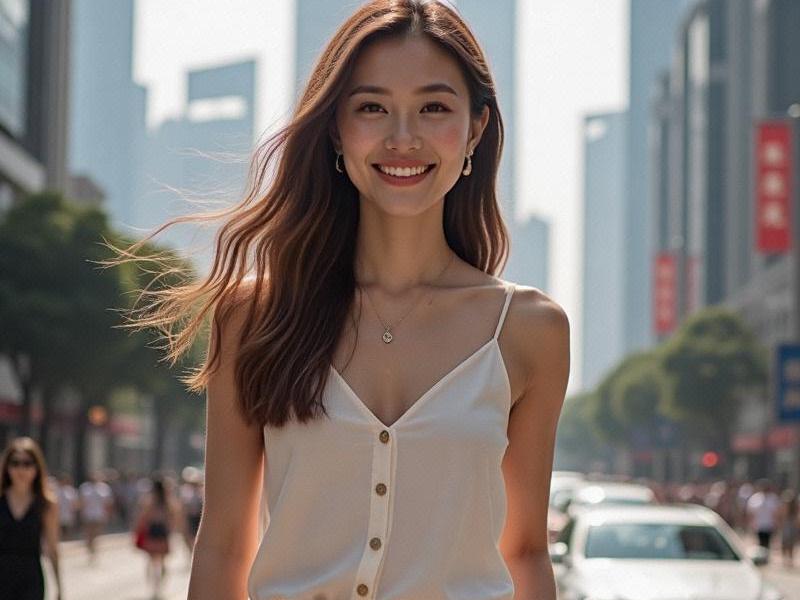An investigative report on how Shanghai women are redefining Chinese beauty ideals through a distinctive fusion of Eastern traditions and global influences, examining the economic, technological and social forces behind this transformation.

Section 1: Historical Context
1. The Golden Era (1920s-1940s)
- Treaty port influences on early Shanghai style
- Qipao modernization and hairstyle revolutions
- The first Chinese cosmetics brands emerging from Nanjing Road
2. Modern Evolution
- Post-reform beauty salon boom (1980s)
- Korean wave adaptations (2000s)
- Current digital-native beauty movements
Section 2: The Business of Beauty
上海龙凤论坛爱宝贝419
1. Market Analysis
- Shanghai's ¥92B cosmetic industry (2025 projection)
- Domestic brand headquarters in Jing'an District
- "Clinical beauty" treatment tourism boom
2. Key Players
- Homegrown beauty influencers with international followings
- Female-founded cosmetic tech startups
- Luxury department store beauty halls reinvention
Section 3: Style Signatures
上海龙凤419
1. Distinctive Looks
- The "Shanghai Minimalist" office aesthetic
- Weekend "Hanfu Punk" fusion styles
- Nightlife "Neon Noir" makeup trends
2. Neighborhood Variations
- Lujiazui financial district power dressing
- Former French Concession vintage chic
- Hongqiao expat community hybrid styles
Section 4: Social Dynamics
上海私人外卖工作室联系方式
1. Professional Contexts
- Appearance expectations in corporate Shanghai
- Executive image consulting services
- The "beauty tax" debate among professionals
2. Generational Shifts
- Gen Z's digital-first beauty consumption
- Body neutrality movement adaptations
- Male beauty market growth (32% YoY increase)
Conclusion: Global Influence
Shanghai's unique position as China's fashion capital allows its women to crteeaa beauty dialectic that both responds to and challenges global standards, potentially reshaping Asian beauty norms in the coming decade.